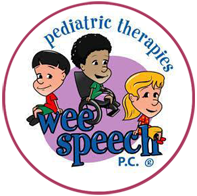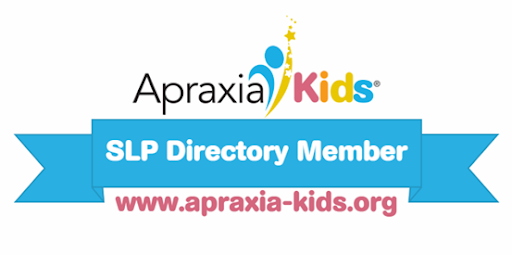Receptive vs. Expressive Language: What’s the Difference?
When we talk about language development, two key skills come up often — receptive and expressive language. These work together but serve different purposes in communication.
Receptive Language: Understanding
Receptive language is how we understand what others say. It includes listening, processing, and making sense of words and sentences. For example, a child uses receptive language when they follow directions (e.g., “Get your shoes”), identify objects (e.g., “Where’s your nose?”), or understand a story being read aloud.
Expressive Language: Communicating
Expressive language is how we use words, sentences, and gestures to share thoughts and ideas. A child uses expressive language when they ask for help, name things, or tell a story.
Why It Matters
Receptive language usually develops first. Children often understand much more than they can say. Both skills are important for learning, relationships, and everyday communication.
Helping Your Child Grow
You can support both skills by talking often, reading together, playing, and encouraging your child to express themselves. Every conversation is a chance to build understanding and communication!
Get a Free Online Assessment
Looking for an expert opinion on your child's needs? Fill out a 3 minute questionnaire and receive a personal evaluation from our staff




